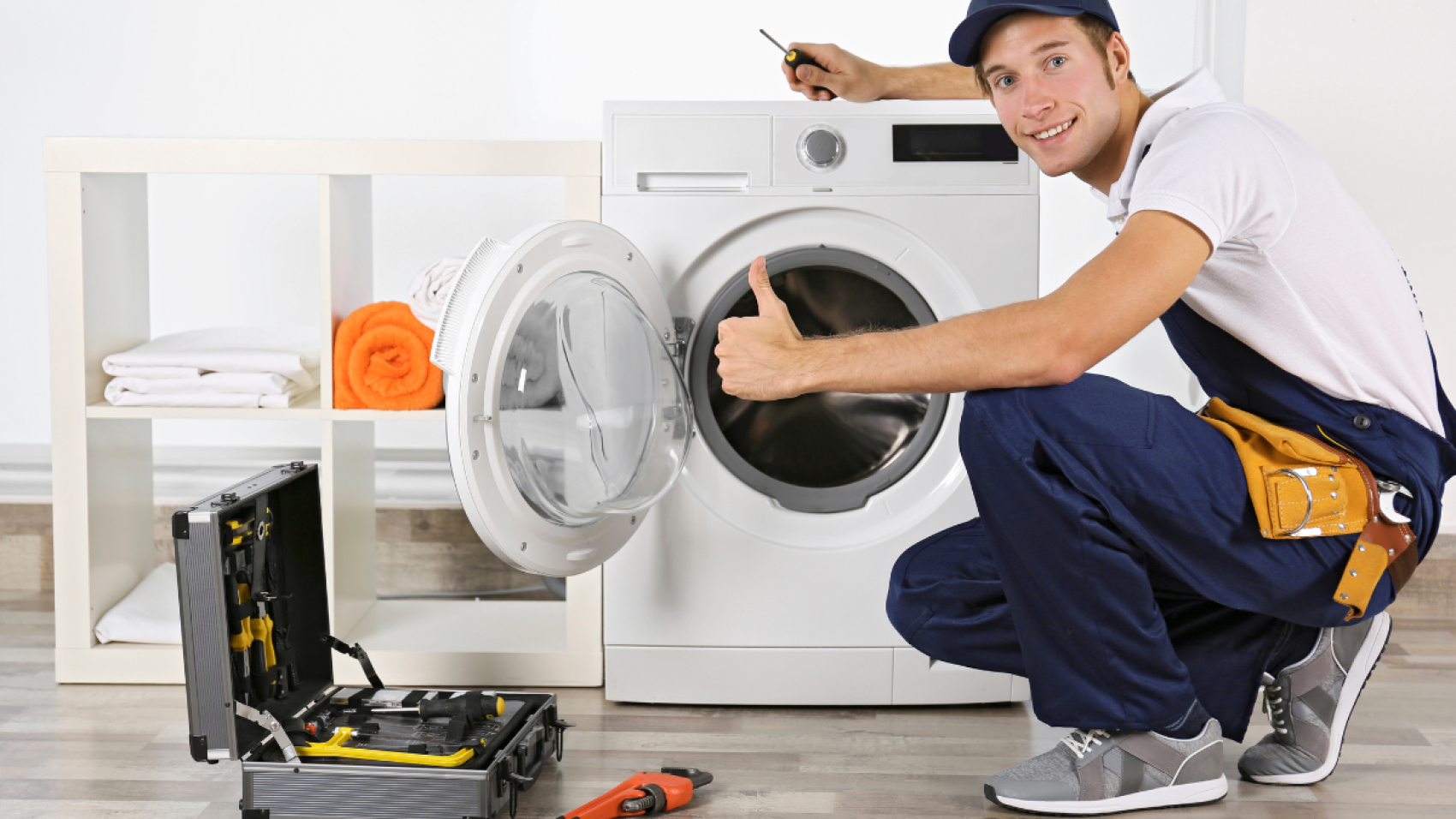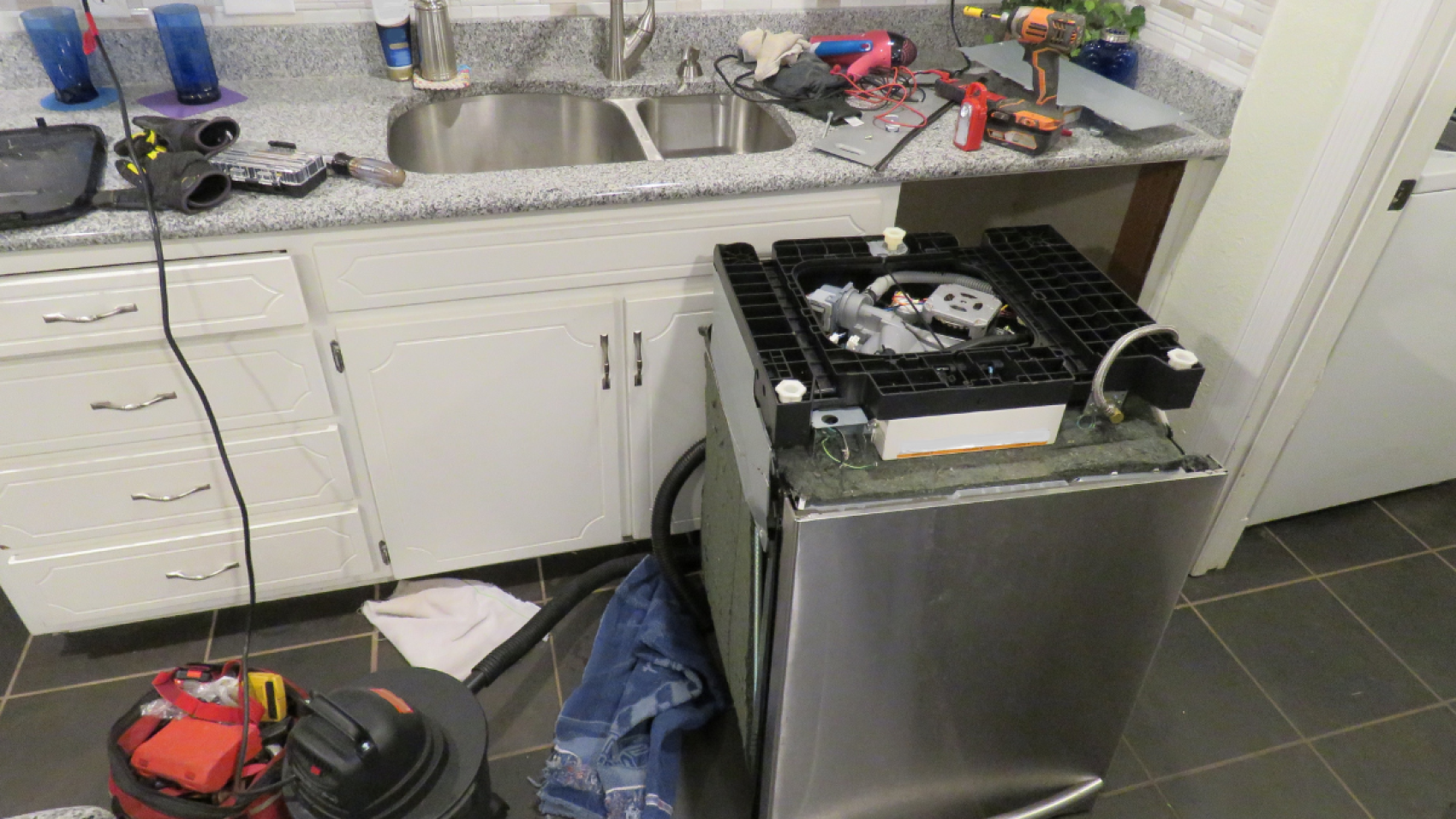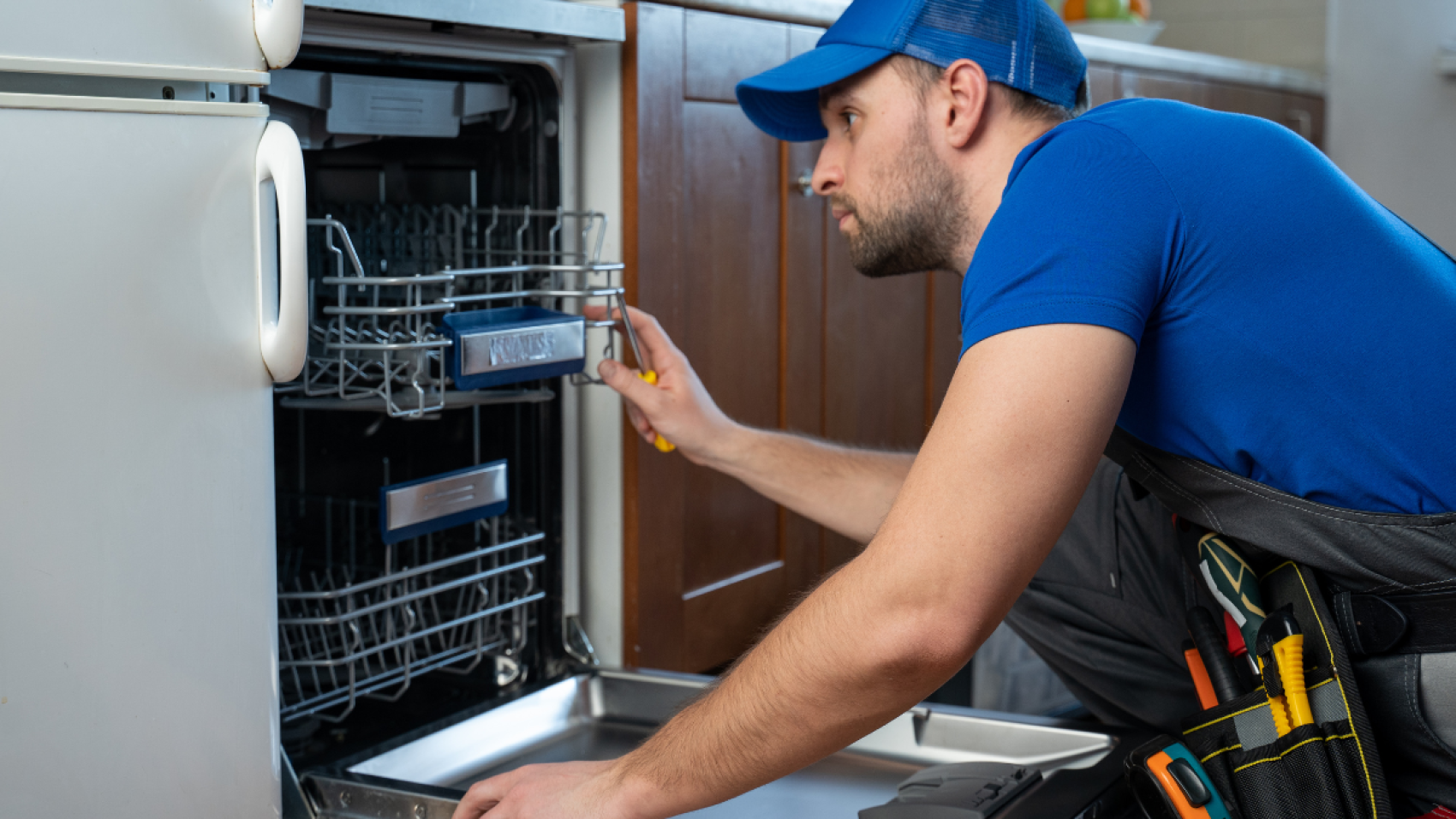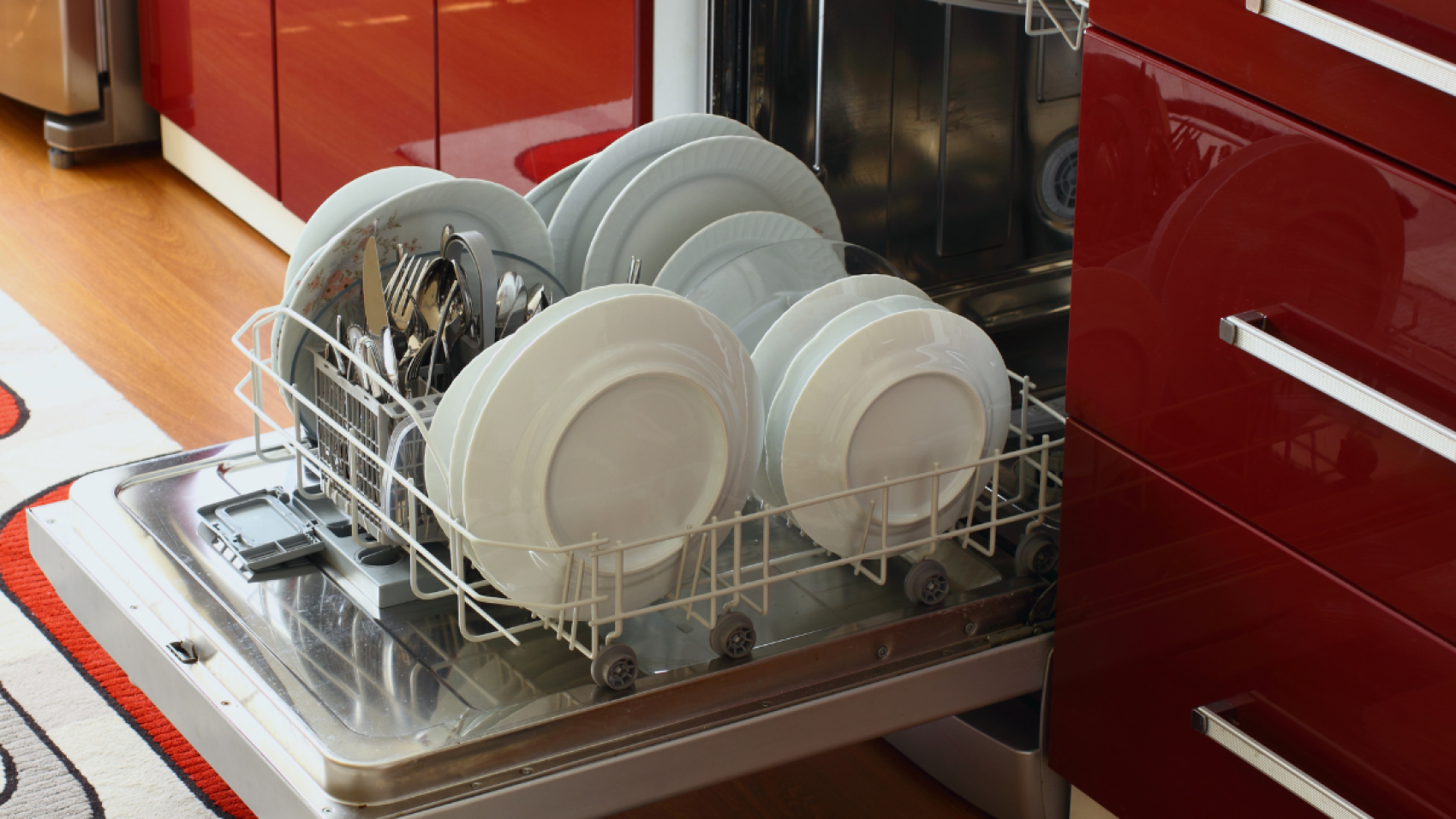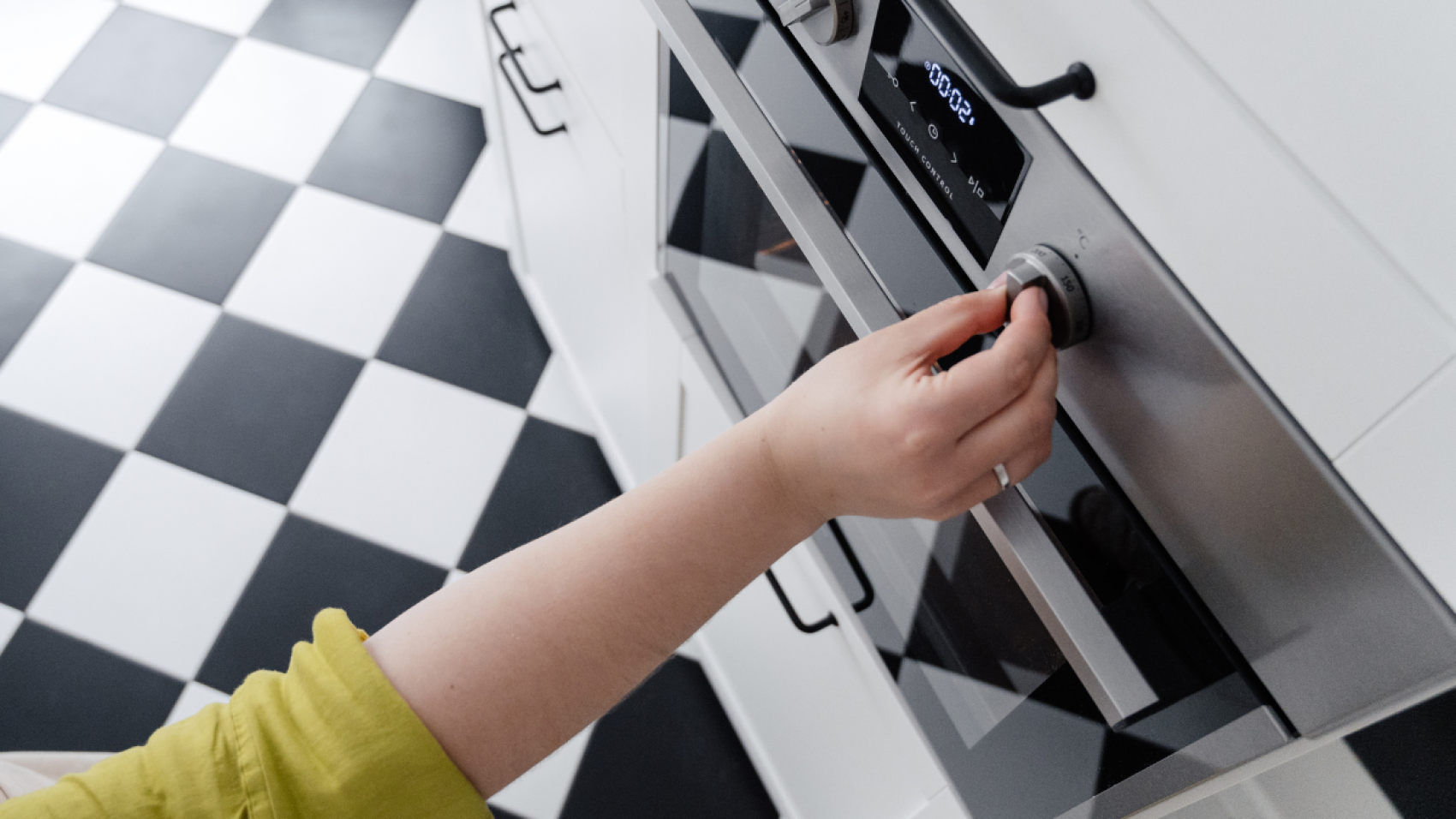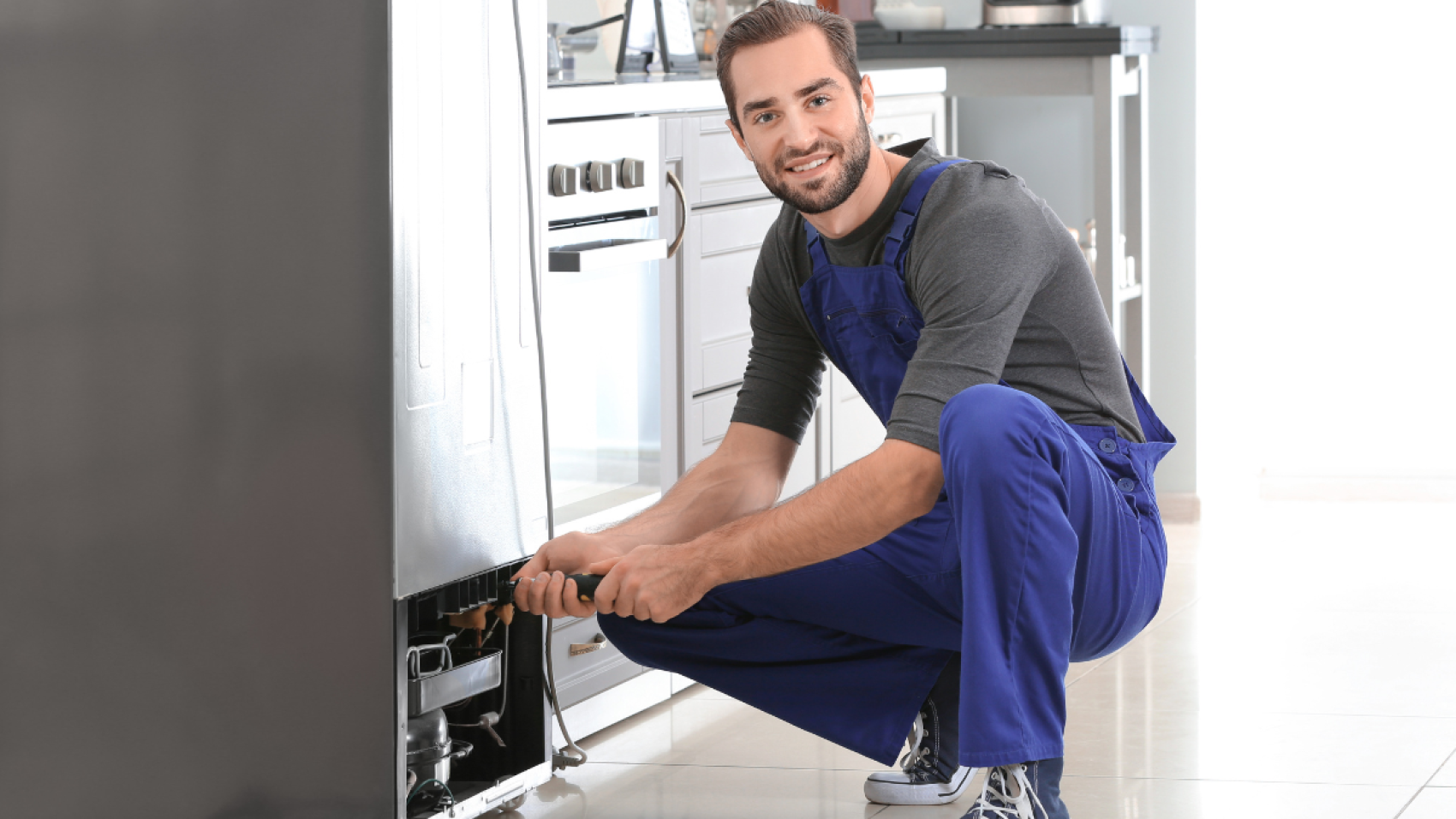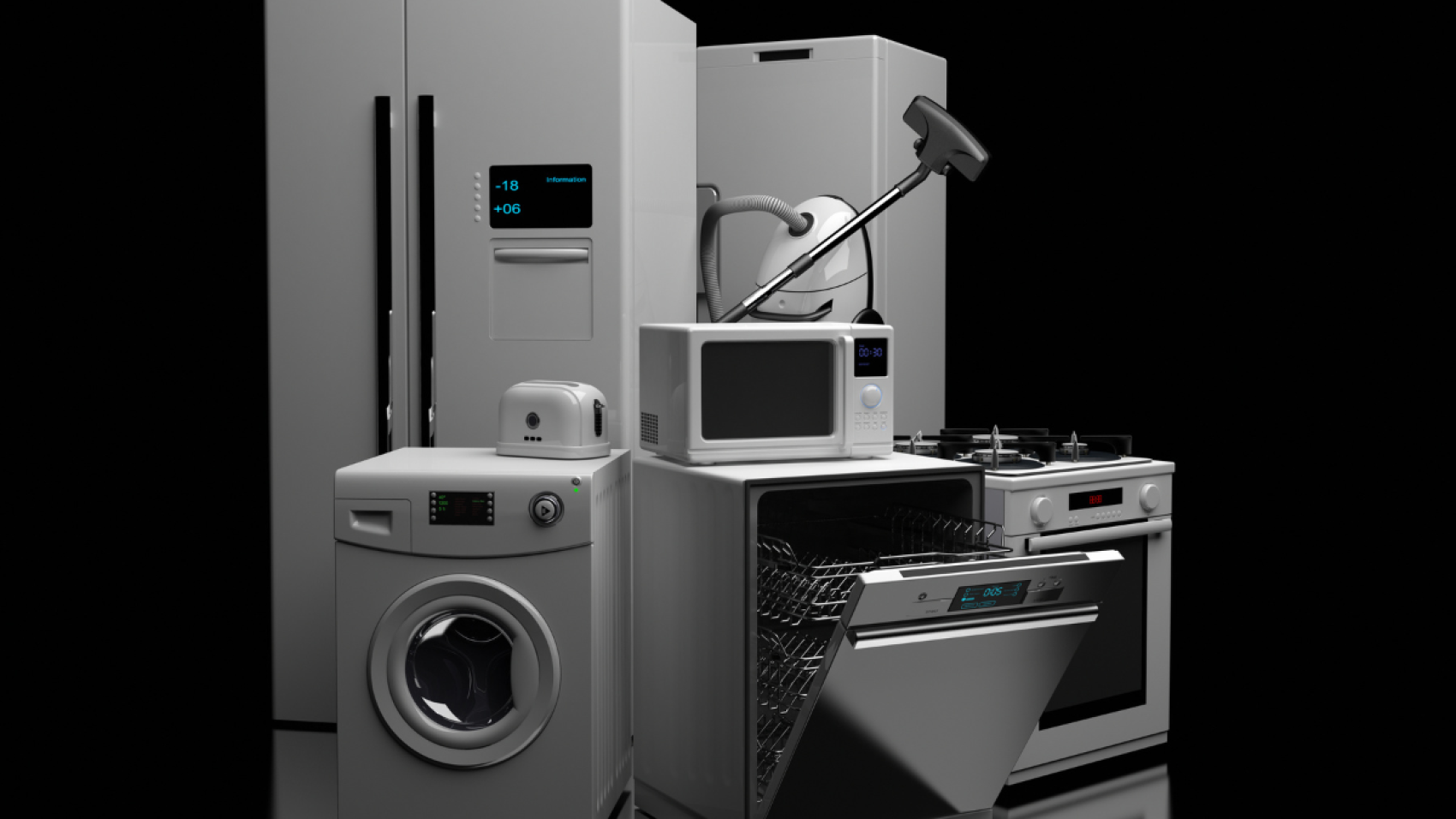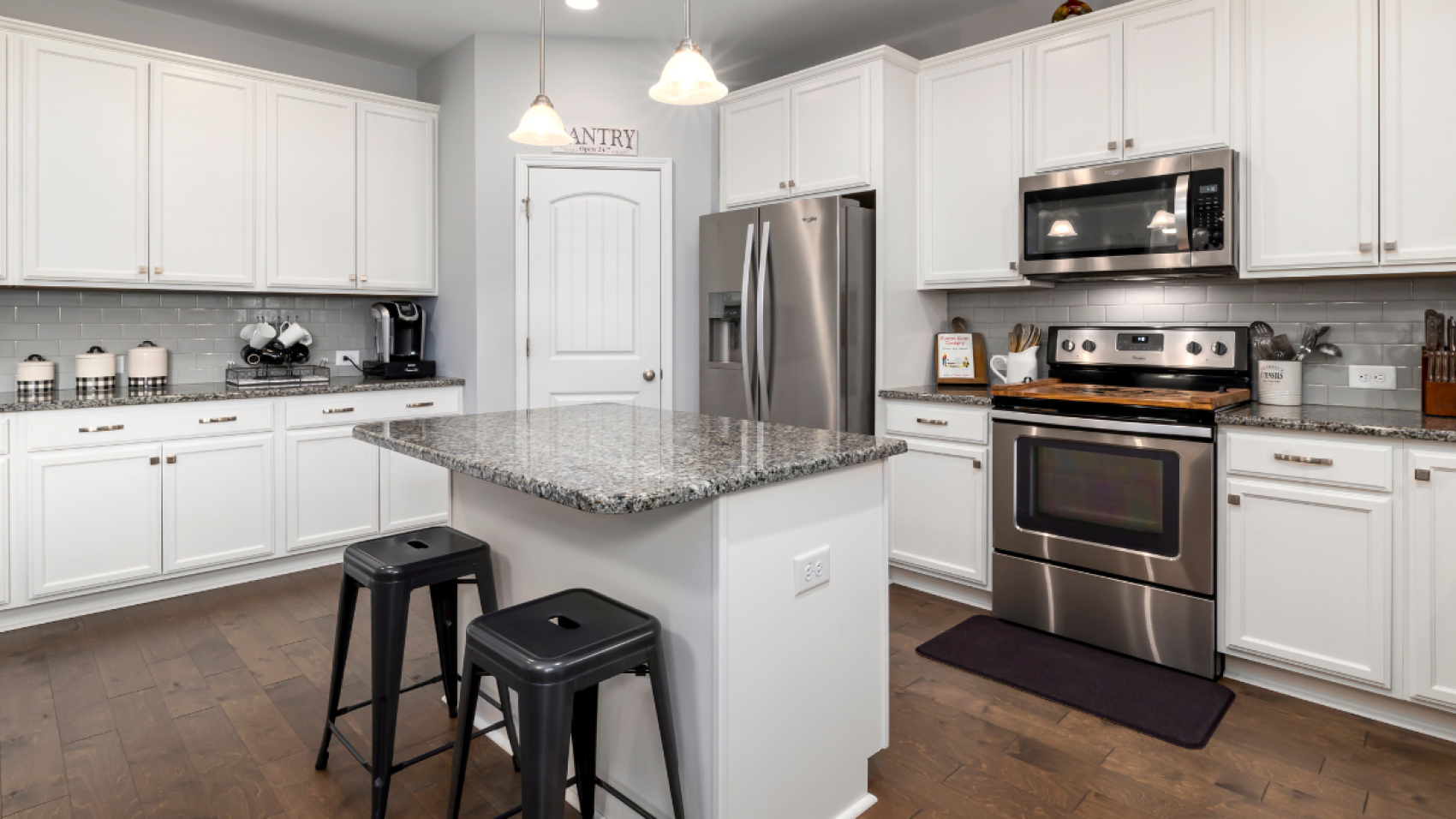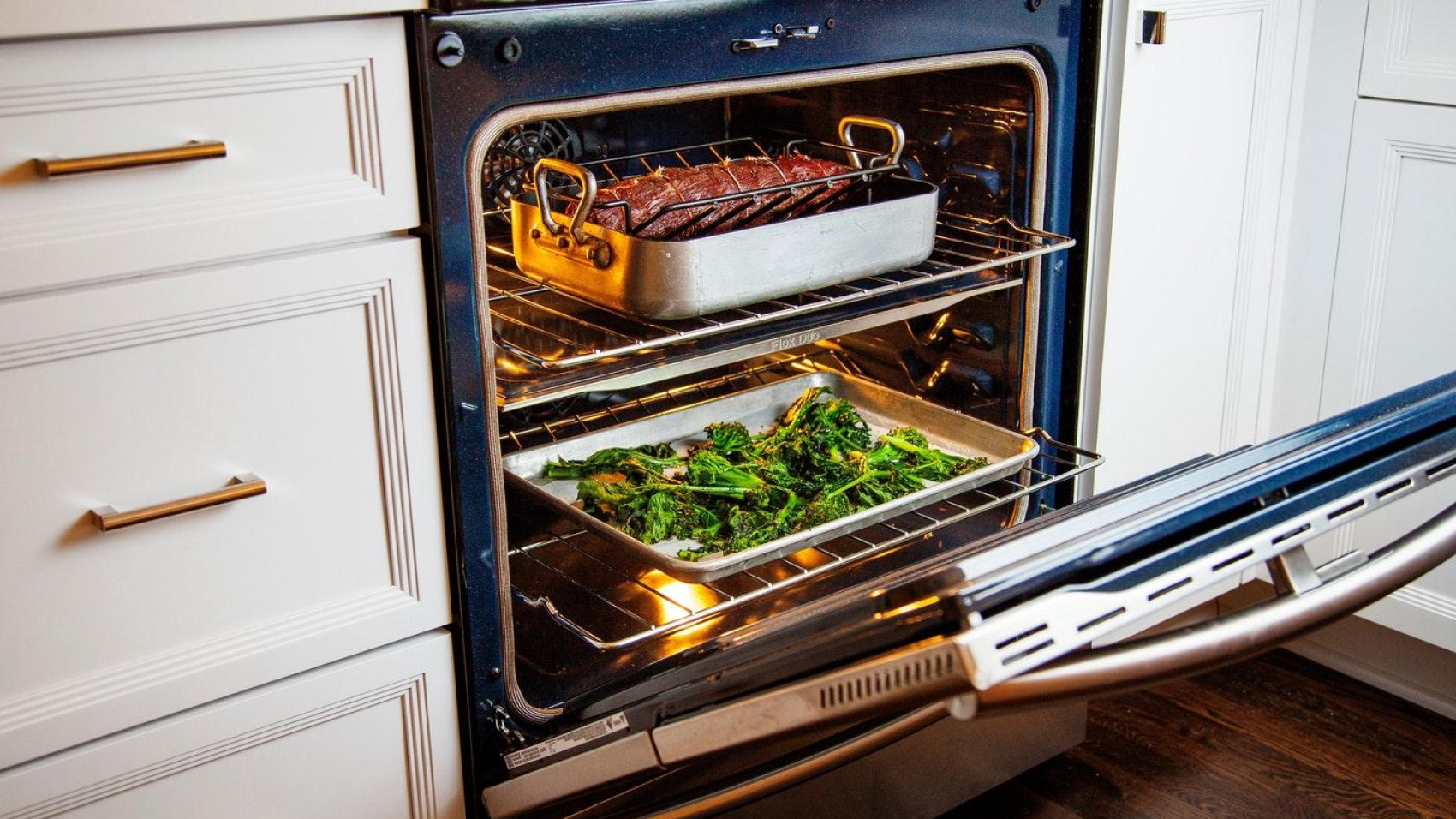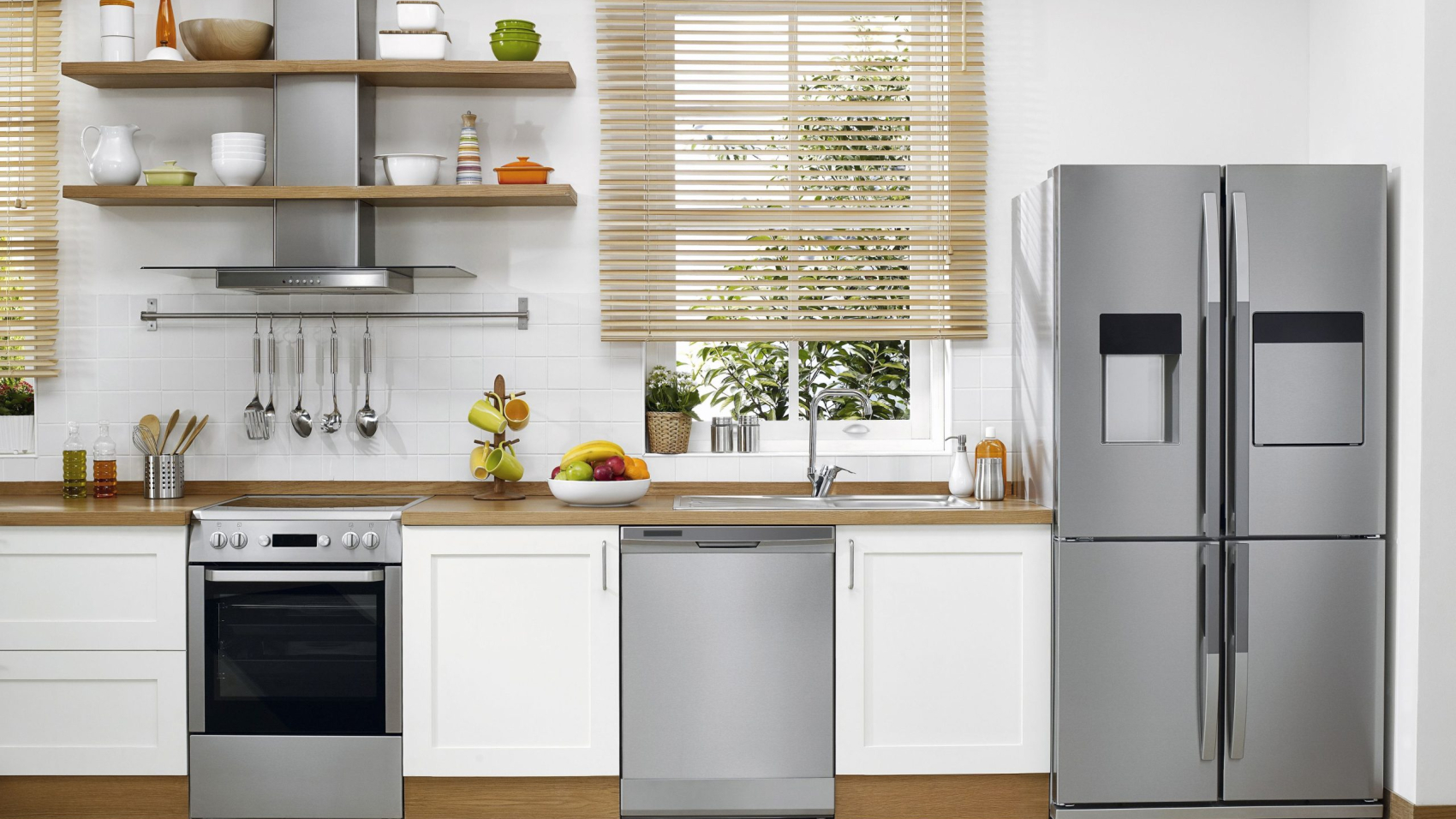The Process of Finding a Reputable Washing Machine Repair Service in Chicago US
If you’re in Chicago and your washing machine has stopped working, finding a reputable washing machine repair service can be a daunting task. Here are some steps you can follow to find a reliable service provider:
- Check for reviews
- Check for certification
- Check for experience
- Check for insurance
- Get a written estimate
- Ask about warranties
1. Check for reviews
To check for reviews of washing machine repair services in Chicago, you can start by doing a quick online search using search engines like Google, Bing, or Yahoo. Look for websites like Yelp, Angie’s List, or Google My Business where customers can leave reviews and ratings of local businesses.
You can read through the reviews to get an idea of the experiences that other customers have had with different repair services. Pay attention to comments about the quality of service, pricing, response time, and professionalism of the technicians.
You can also check the repair service’s website and social media pages for customer reviews and testimonials. However, keep in mind that some reviews may be biased or fake, so it’s important to read multiple reviews from different sources to get a well-rounded understanding of a repair service’s reputation.
2. Check for certification
To check for certification, you can start by looking for washing machine repair services that are authorized or recommended by the manufacturer of your washing machine.
Most major washing machine brands have a list of authorized service providers on their websites. You can check the manufacturer’s website or contact their customer service to get a list of authorized repair services in Chicago.
Once you have a list of authorized repair services, you can check their website or call them to confirm if they are certified by the manufacturer of your washing machine. A certified repair service means that the technicians have received training from the manufacturer and are knowledgeable about the specific features and functions of your washing machine.
If you can’t find an authorized repair service in your area, you can also look for repair services that are certified by industry organizations such as the National Appliance Service Technician Certification (NASTeC) or the Professional Service Association (PSA). These organizations offer certification programs for washing machine repair technicians and ensure that they have the necessary skills and knowledge to provide high-quality service.
3. Check for experience
To check for experience, you can start by looking for washing machine repair services that have been in business for a long time. Typically, companies that have been in business for many years have a proven track record of providing quality service and have built up a loyal customer base.
You can check the repair service’s website or social media pages to find out how long they have been in business. Another way to gauge their experience is to ask them how many years of experience their technicians have.
It’s also a good idea to ask the repair service if they have experience with the specific make and model of your washing machine. Different washing machines can have unique features and functions, and it’s important to choose a repair service that is familiar to your specific machine.
You can also check for any awards or certifications that the repair service has received, which can be an indication of their experience and expertise in the industry.
4. Check for insurance
To check for insurance, you can ask the washing machine repair service if they are fully insured.
A reputable repair service should have liability insurance to protect you in case of any accidental damage or injuries that occur during the repair process. You can ask for a copy of their insurance certificate to verify their coverage.
It’s important to choose a repair service that has insurance because if they accidentally cause damage to your washing machine or your home while making repairs, their insurance will cover the cost of repairs or replacements. Without insurance, you could end up having to pay for any damages out of pocket.
Additionally, you should also ask the repair service if their technicians are bonded. A bonded technician means that the repair service has taken steps to protect you in case of any theft or other fraudulent activities by their employees.
5. Get a written estimate
To get a written estimate, you should ask the washing machine repair service to provide a detailed estimate of the repair cost before any work is done.
The estimate should include the cost of labor, parts, and any other fees or charges associated with the repair. The repair service should also explain the repairs that are needed and why they are necessary.
Make sure to get the estimate in writing so that you have a record of the agreed-upon cost. This can help you avoid any surprise charges or hidden fees that may come up later.
If the repair service needs to order parts or perform additional repairs that were not included in the original estimate, they should notify you and provide a new estimate before proceeding with the work.
Remember, a written estimate is a legal agreement between you and the repair service, so it’s important to review it carefully and ask any questions you may have before signing off on it.
6. Ask about warranties
To ask about warranties, you should inquire with the washing machine repair service about their warranty policy.
A reputable repair service should offer a warranty or guarantee on their workmanship and the parts they install. Typically, warranties range from 30 days to one year, depending on the repair service and the type of repair that is performed.
You should ask the repair service about their warranty policy and the specific terms and conditions of the warranty. Make sure to understand what is covered under the warranty, how long the warranty lasts, and what you need to do if you need to make a warranty claim.
It’s also important to ask about the warranty on any replacement parts that are installed during the repair. Most manufacturers offer a warranty on their parts, so make sure to ask the repair service if the parts they are installing are covered by a warranty and how long the warranty lasts.
Remember, a warranty can provide peace of mind and protect you from any additional repair costs if something goes wrong after the repair is completed. So, it’s important to choose a repair service that offers a warranty or guarantee on their work.
Final Thoughts
When looking for a reputable washing machine repair service in Chicago, it’s important to take the time to research and compare different options.
Some key factors to consider include checking for reviews, certification, experience, insurance, and warranties. Reading customer reviews and checking the repair service’s certification and experience can help ensure that you choose a reliable and knowledgeable repair service.
It’s also important to choose a repair service that is fully insured and offers a warranty or guarantee on their work. Asking for a written estimate before any work is done can help you avoid any unexpected charges or fees.
By taking the time to do your research and choose a reputable repair service, you can help ensure that your washing machine is properly repaired and runs smoothly for years to come.

